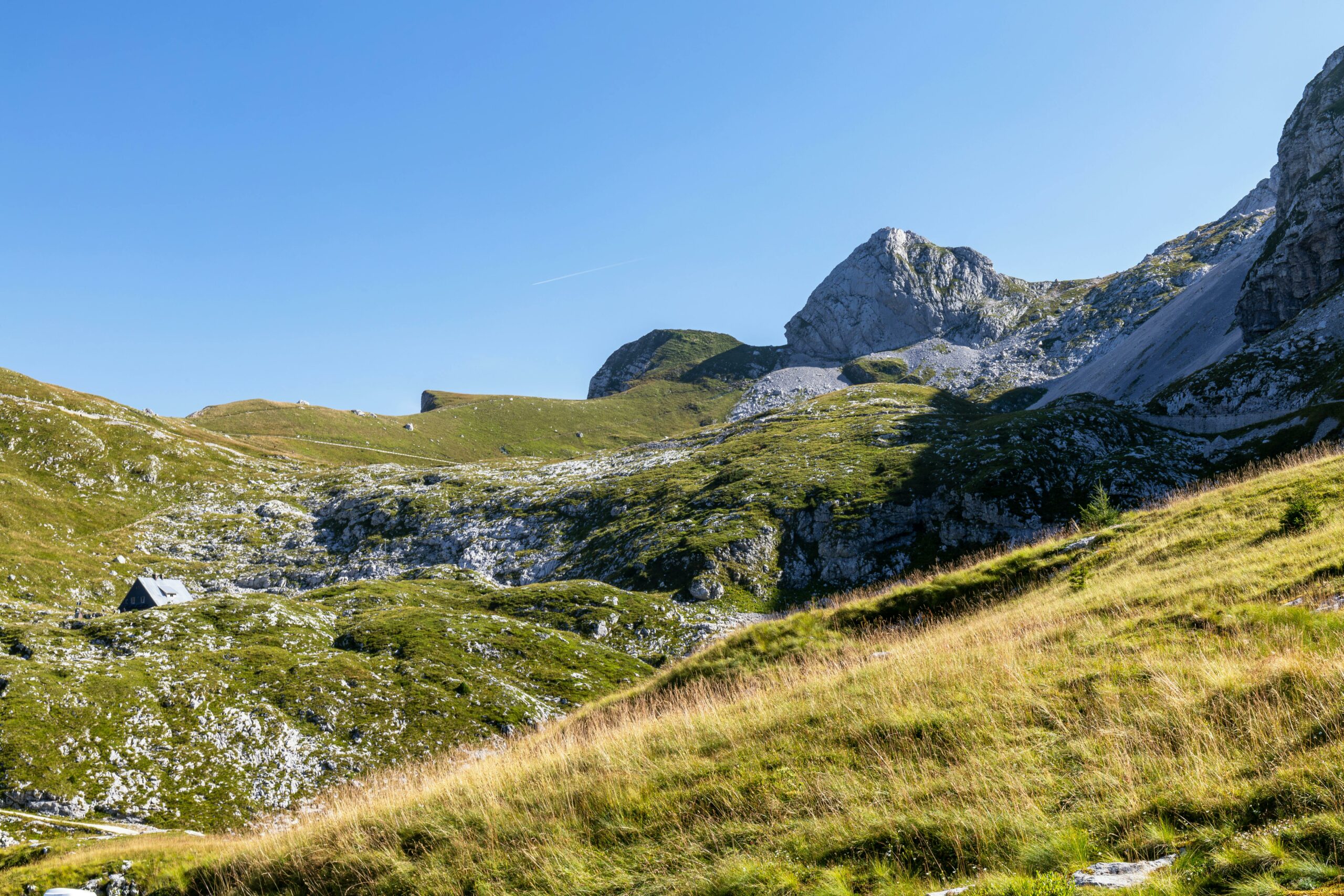Restoring Species-Rich Grasslands in Slovenia

Slovenia’s species-rich grasslands restoration is at core of Use Case 4 of the Bio-Capital project. We want to study how financial incentives and sustainable land management practices can drive biodiversity conservation in one of Europe’s ecological hotspots.
What is Use Case 4 About?
Use Case 4 (UC4) of the BIO-CAPITAL project focuses on the restoration and preservation of Slovenia’s species-rich grasslands. These grasslands represent some of the most biodiverse ecosystems in Europe and provide critical ecosystem services, including pollination, climate regulation, and soil fertility. However, grasslands in Slovenia have been under significant threat due to agricultural intensification, conversion into arable land, and land abandonment, particularly in marginal areas. UC4 seeks to reverse this trend by implementing biodiversity-friendly management practices and introducing innovative financial mechanisms like result-based payment schemes .
Where is This Use Case Being Implemented?
UC4 is centered in Slovenia, a country known for its biodiversity, situated at the junction of the Alpine, Pannonian, and Mediterranean biogeographical regions. This unique positioning makes Slovenia a biodiversity hotspot, with grasslands covering around 60% of the agricultural land. The project focuses on several grassland areas across Slovenia, especially in Natura 2000 sites, which are designated to protect threatened species and habitats. These grasslands are crucial for preserving species diversity and providing ecosystem services .
When is the Project Timeline?
UC4 is part of the larger BIO-CAPITAL project, which began in June 2024 and will span over 42 months. The restoration activities within UC4 will be implemented in phases, with early actions focusing on establishing result-based payment schemes and biodiversity offsets. These interventions will be monitored using advanced remote sensing technologies to ensure ecological benefits are achieved .
Who is Involved?
UC4 involves a collaboration between various stakeholders, including local farmers, conservation organizations, and government bodies responsible for managing Slovenia’s Natura 2000 network. Financial institutions and investors are also key players, as innovative financial tools like biodiversity offsets and result-based payments will incentivize landowners to adopt conservation practices. These financial mechanisms aim to link biodiversity outcomes with economic rewards, ensuring both ecological and economic sustainability .
Why Is UC4 Important?
Slovenia’s grasslands have experienced a decline in biodiversity due to unsustainable agricultural practices. Grasslands are vital not only for the wide variety of species they support, but also for the ecosystem services they provide—such as carbon sequestration, water regulation, and pollination. UC4 addresses this decline by promoting practices that restore these ecosystems while ensuring that landowners are economically compensated for their efforts.
One of the key features of UC4 is its use of result-based payment schemes. Unlike traditional subsidy models, these schemes reward farmers based on measurable conservation outcomes, such as an increase in species diversity or the presence of pollinators. This approach not only ensures that biodiversity goals are met but also makes conservation financially viable for local communities. Additionally, biodiversity offsets are being explored as a way to compensate for unavoidable environmental impacts, further supporting the financial sustainability of conservation efforts.

